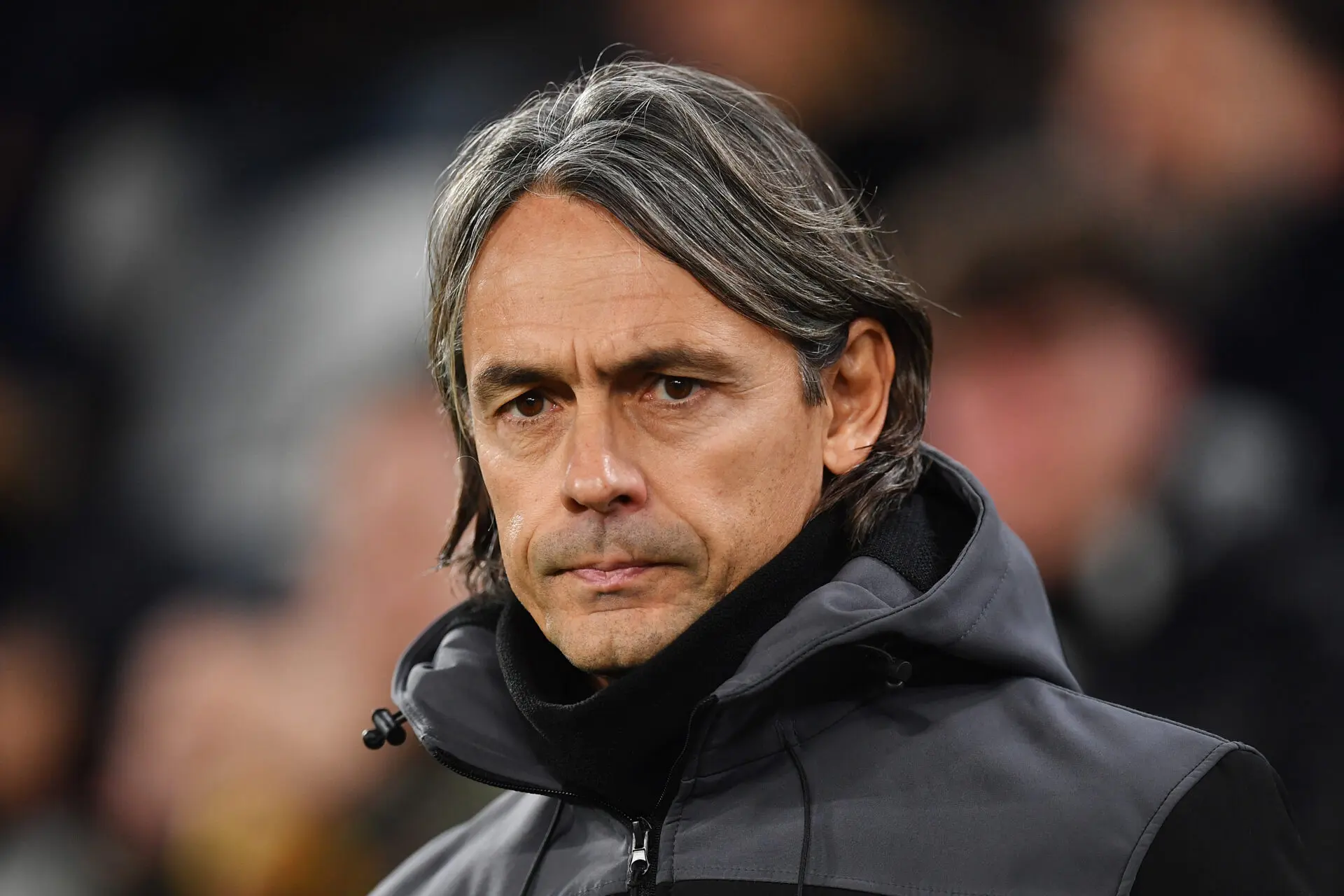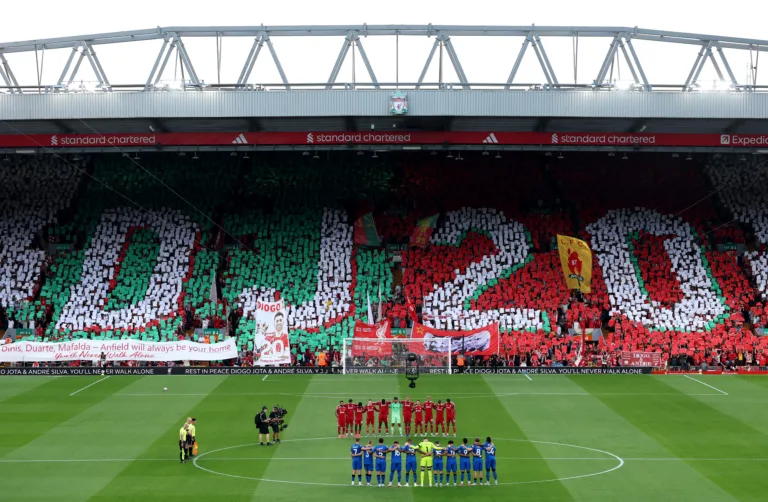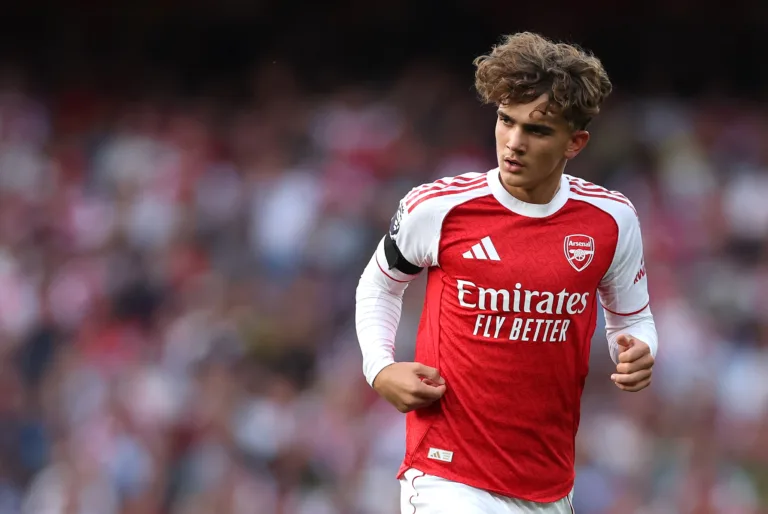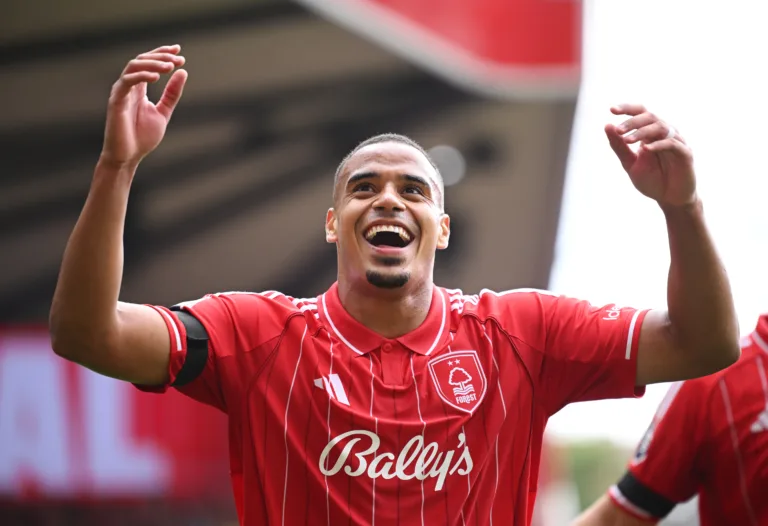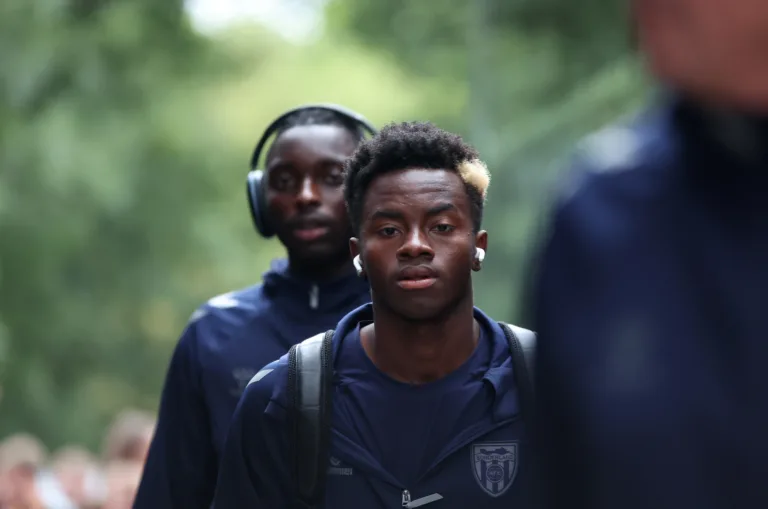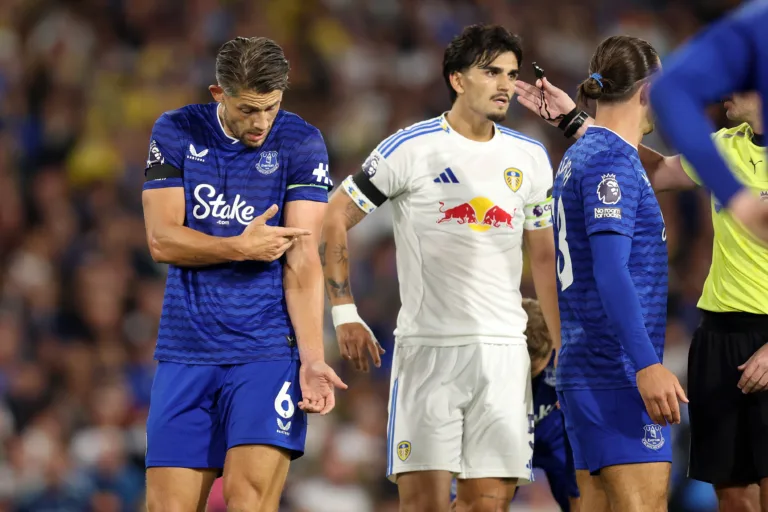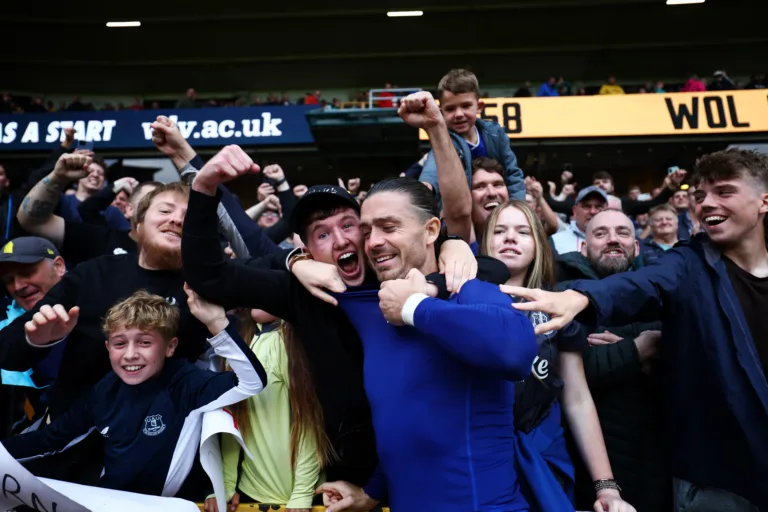A Tuscan Renaissance: Pisa SC Return to Serie A After 34 Turbulent Years
Pisa SC has ended their long wait away from Italy’s top flight after earning promotion to Serie A for the first time since 1991 on Sunday last. The Tuscan club will join Serie B champions elect Sassuolo in being automatically promoted to the Italian top division for next season under the tutelage of Fillipo Inzaghi.
They are guaranteed to finish in 2nd place despite the loss to Bari last weekend. Wild celebrations ensued at the final whistle, which will be sure to continue as they welcome Sudtirol to the Arena Garibaldi – Stadio Romeo Anconetani this Friday in their last home game of the season. They will then face Cremonese on the final day away from home, after which they will focus on the huge challenge of returning to the Italian top flight.
It’s certainly a remarkable achievement for Pisa after such a long period away from the top division, considering the obstacles they have had as a club. This included financial difficulties and takeovers leading to the club having to be completely reformed twice and ultimately start from scratch. They will be looking to learn from these mistakes of their past and establish themselves as a mainstay in Serie A once again for the long term.
The Highs of the 80’s
Pisa SC had only appeared in the Italian top division once in the 1968-69 season but were relegated after just one season and spent most of the 1970s in Serie C. The 1980s was the most fruitful spell in the club’s history under the presidency of the legendary Romeo Anconetani, who now has the stadium named after him in tribute to his achievements during his tenure. They managed to appear in six out of nine Serie A seasons between 1983 and 1991 before being eventually relegated once again.
They failed to break into the top half during this period, with 11th being their highest finish, which came in their first season in 1982-83. It was a particularly impressive spell for Pisa due to the fact that Italian football was truly in the ascendancy during this time and seen by many as the best league in European football. Many of the world’s best players featured in the league in the 1980s, such as Diego Maradona for Napoli, Marco Van Basten for AC Milan and Michel Platini for Juventus.
Pisa also managed to add silverware to their collection in the 1980s in the shape of two Mitropa Cups, which they won in 1986 and 1988. This was a competition which began in 1927 following the collapse of the Austro-Hungarian Empire and was held between clubs across Central Europe before it was abolished in 1992.
It gave many teams a chance at silverware that may not have been at the level to qualify for the European Cup. They achieved this feat by beating Hungarian opposition in both finals in the shape of Debrecen and Vaco Izzo, respectively. These were monumental achievements for a club like Pisa, who had hardly any top-flight experience prior to the 1980s.
A Pathway For Footballing Greats
It was a glorious time to be a fan throughout the 1980s, as they got to witness some truly remarkable players don the Pisa SC jersey who would go on to have a huge impact in the world of football. There are a host of players who are well known for their achievements in football, but many people may not be familiar with their time spent in Pisa.
Dunga began his European football journey with Pisa after signing from Vasco de Gama in 1987. It was proved to be a shrewd signing, showing Anconetani’s skill to find un-nurtured talent. The defensive midfielder only stayed with the club for one season but was instrumental in helping the team avoid relegation, making 23 appearances and scoring twice.
The Brazilian left the following summer for Fiorentina, but it was his time in Pisa SC which helped him establish himself in the Brazilian squad. He would go on to captain his country to their fourth World Cup in 1994 in the United States, scoring a penalty in the shootout to beat Italy.
Wim Kieft started his career with Ajax, coming through the youth ranks alongside Marco Van Basten and Frank Rijkaard, making his debut in 1980. The striker had a huge impact over the following seasons, scoring 68 goals in just 96 appearances, winning the European Golden Boot in 1982 as Ajax were crowned league champions.
He moved to Pisa in 1983, aged just 20, but he wasn’t able to replicate his goalscoring form for the Tuscan side as they were relegated to Serie B. He rediscovered his form in Serie B, helping Pisa SC to promotion to the top flight once again but struggled for goals again. He was moved on to Torino the following summer before moving back to his homeland with PSV, where he once again found his goalscoring touch over the following seasons.
Although Pisa may not have witnessed him at his best, Kieft went on to have a great career and was part of the Dutch squad that was victorious in Euro 1998. Although mostly used as a backup for Marco Van Basten, he made three appearances in the tournament, scoring the winner against Ireland in the group stage to help his side progress to the semis before they ran out eventual winners.
The last of Pisa’s great foreign imports was Diego Simeone, who joined the Italian side from Velez Sarsfield in 1990. Pisa was Simeone’s introduction to European football, but it was a tough start to life outside of South America for the footballer, as Pisa were relegated in his first season, and upon failing to gain promotion the following season, he was sold.
Simeone made 56 appearances for Pisa SC, scoring 6 times, but went on to much greater things following his move away from Tuscany. He played for Inter Milan. Atlético Madrid and Lazio in a glittering career where he was capped 108 times for Argentina, featuring at several major tournaments. ‘El Cholo’ can certainly credit his tumultuous spell in Pisa as an important part of his development, as he went on to win Serie A, La Liga and two Copa Américas.
The Start of a Long Decline
Pisa SC would have been hoping, much like in the 1980s, when they were Serie B champions in 1985 and 1987 following relegations, that they could return to the top flight instantly. This cycle was, however, eventually broken after the 1991 relegation with the club in decline. Many of their star players moved on, and it was becoming apparent that the good times of the 1980s were over as they entered one of the most difficult times in the club’s history. It was unthinkable that they would once again spend a long time away from top-flight football, but financial difficulties worsened the situation dramatically.
They eventually dropped to the Serie C1 after losing a relegation playoff before entering administration and going out of business completely in 1994 due to the financial woes of the club. Pisa, as a club, had to be completely reformed, now becoming ‘Pisa Calcio’, and were put in the fourth tier of Italian football. It proved to be a dramatic fall for Pisa, who just years earlier were contesting against some of the greatest teams in world football but would now face the huge challenge of getting several promotions to reach those heights once again.
The team continued to struggle to elevate themselves in the lower leagues, and various takeovers didn’t help the situation. In 2002, eccentric Italian entrepreneur Maurizio Mian purchased the club as part of his ‘Gunther Reform Trust’. Mian placed a celebrity German shepherd named ‘Gunther’ as honorary president of the club, much to the dismay of the loyal fans. It was clear that football was not the priority under this ownership as the team continued to struggle to reach Serie B.
Mian sold the club in 2005, and they began an upward trajectory which would eventually result in promotion to Serie B in 2007. It finally looked as though Pisa SC could return to the top flight only to once again suffer relegation under new owner Luma Pomponi. The relegation was only the beginning of their troubles as major financial issues were revealed under the new ownership. This led to the club being excluded from Italian football after being prevented from registering for the third division.
The club was reformed for the second time in their history as A.C. Pisa 1909 and began their journey once more in Serie D. They bounced around the divisions before eventually reaching Serie B in 2019. They consistently had some of the best attendances in the Italian lower divisions all through this time despite their struggles, showing that the unwavering loyalty of the fanbase was never in question.
They changed their name to Pisa Sporting Club in 2021 as they continued to attempt to return to the Italian top flight, a feat they eventually achieved this season, bringing one of Italian football’s most unique stories full circle.
The Man at the Helm
Former AC Milan and Italy striker Filippo Inzaghi was appointed as Pisa manager in July 2024. It was a logical appointment from the Pisa SC board, as Inzaghi has a vast amount of experience in Serie B, leading Benevento and Venezia to promotions from the division. Inzaghi had an illustrious career in his playing days, a clinical poacher in front of goal winning the World Cup, two Champions Leagues and three Scudettos; his venture into management has, however, been far less straightforward.
His managerial career has been a huge contrast to his younger brother Simone, who has excelled with both Lazio and Inter Milan, winning several Scudettos and reaching two Champions League finals with the latter. The two brothers will face off next season, each representing their own Nerazzurri despite the massively different expectations on the shoulders of each club.
Pisa is Inzaghi’s eighth club in just ten years of management, which may leave questions to be answered on how he can sustain the club’s development long-term; however, there can be no qualms over the jobs he’s done this season. He has always done very well in Serie B but then struggled during spells in the top flight with both AC Milan and Bologna. Keeping Pisa up next season would certainly go a long way to changing the narrative around how effective he can be as a coach in the top flight and not just be seen as a manager capable of getting clubs promoted from the lower leagues.
Next season will serve as a great opportunity for Inzaghi to prove his credentials as a coach in Serie A as well as stabilise Pisa as a club, which would be massive after the decades of turmoil they have had to endure.
How They Earned Promotion
There was little expectation on Pisa in terms of promotion this season after finishing 13th last season in Serie B. Inzaghi came into the club with a clear vision on how to play, adopting a 3-4-2-1 formation. One of the main traits of his team has been their defensive resilience, often signified by their back three system represented by Antonio Carraciolo, Arturo Calabresi and Simone Canestrelli. They hold the second-best defensive record in the league, only conceding 32 goals in 36 games, which is only bettered by Spezia.
Pisa placed 17th for average possession during the season, as they were more focused on attacking dangerous areas and exploiting spaces where the formation can excel over a possession-based game. The wing-backs Idrissa Toure and Samuele Agnori played pivotal roles on both ends of the pitch, providing added reinforcements in both areas.
Pisa’s press to win the ball back and their pace in attack to punish teams were huge features of their play also, which worked so well for them this season. They often won the ball back in high areas up the pitch, scoring eight times this season directly from high turnovers, more than any other team in the division. Pisa’s clinical finishing in attack has certainly set them apart from many of their promotion rivals.
Matteo Tramoni has been the standout performer in attack, registering 13 goals in just 23 appearances for the Tuscan side. The burden for output was eased throughout the season on the Italian, which was important for the 13 games where he was absent. This was largely down to both Stefano Moreo and Alexander Lind, who both registered goal involvements in the double digits.
Moreo has been a mainstay up front for Pisa SC, excelling in both his aerial ability and hold-up play this season. Inzaghi’s system has allowed each player’s strengths to be exploited all over the pitch, which has been vital to the success of the team. They have won 22 of their 36 games this season on their way to promotion.
Finally Returning to Serie A
It will be a massive challenge for Pisa next season in order to keep their status in Serie A, but they are well equipped to deal with the pressure after the adversities they’ve faced in recent times. Like many of Europe’s top leagues, it will be difficult for promoted teams to establish themselves on a long-term basis, but the main thing for Pisa is that they stay up next season so that they can build momentum from both a footballing and financial viewpoint going forward. This will help them adjust to their new surroundings even better in order to have a longer spell in the top division.
A recent example of a club getting promoted and excelling in the top flight is Como, managed by Cesc Fabregas, who are set to finish mid-table. Inzaghi should be able to take inspiration from Como; both on and off the pitch, much like Como, Pisa is a very popular tourist destination, which should be influential in both their marketing and attaining sponsorships for the club and help them to bring a level of sustainability which they have struggled with in the past.
Como’s clever recruitment in the transfer market before their venture into top-flight Italian football was an integral aspect to their strong season. Nico Paz, whom they signed from Real Madrid, has been instrumental in their success this season. It could be a rewarding route for Pisa to try to sign untapped potential from bigger teams. This tactic would allow them to become a launchpad for exciting players’ careers like they managed to do so well in the 1980s in the club’s finest period.
The three promoted teams from Serie B last term, Como, Parma and Venezia, are sitting in 10th, 16th and 18th, with Venezia still having a good chance of staying up; this gives a boost to the mentality of Pisa going into next season. It’s a huge contrast to the Premier League, where the challenge for the promoted teams is becoming increasingly more difficult. It is a much more level playing field in Serie A, but it doesn’t lessen the job they will have to keep their top-flight status.
They will certainly need to strengthen the squad in areas and perhaps add players with experience in Serie A, but unlike times in their past, they certainly have a structure and model both on and off the pitch that give them the potential to thrive. It would be a fitting tribute to their fans for their continued support over the last few decades if they managed to stay up next season.
Brighter Days Ahead
Pisa is one of the most visited and well-known areas of Italy, boasting beautiful landmarks such as the Leaning Tower of Pisa or the Duomo di Pisa. These are synonymous with the city, but the football team hasn’t been able to reach that status in decades due to their fade into obscurity in the lower leagues.
They never lost the support of their loyal fanbase, who will be hoping that Pisa SC can once again be represented and recognised for its achievements in football as it once was in the 1980s. Fillipo Inzaghi and his players have the chance to make an impact that could extend beyond football and bring immense pride back into the city as they return to Italy’s top flight. This comes after a hiatus which has seen Pisa produce a fascinating story of sporting redemption. It remains to be seen how far they can go in this journey, but it is certainly an incredibly exciting time for Pisa SC for the first time in decades.


